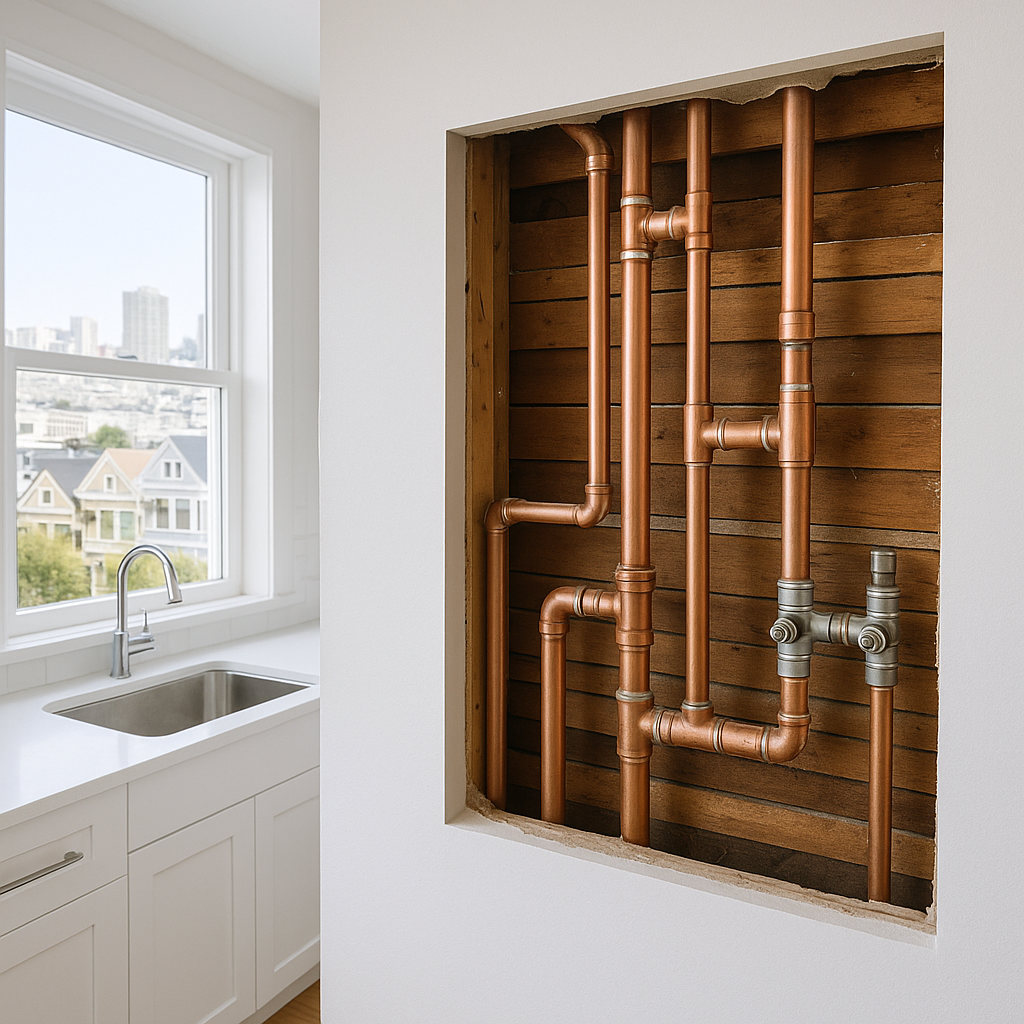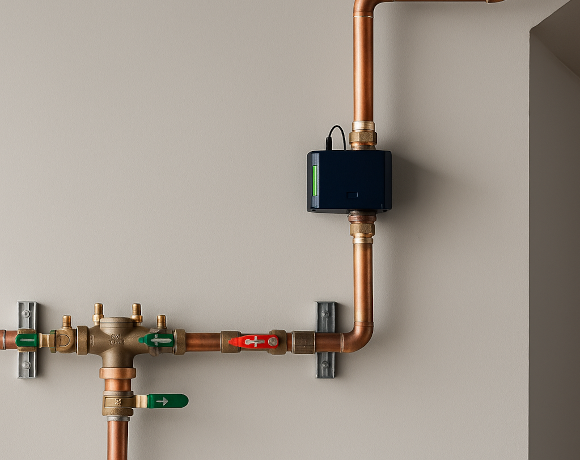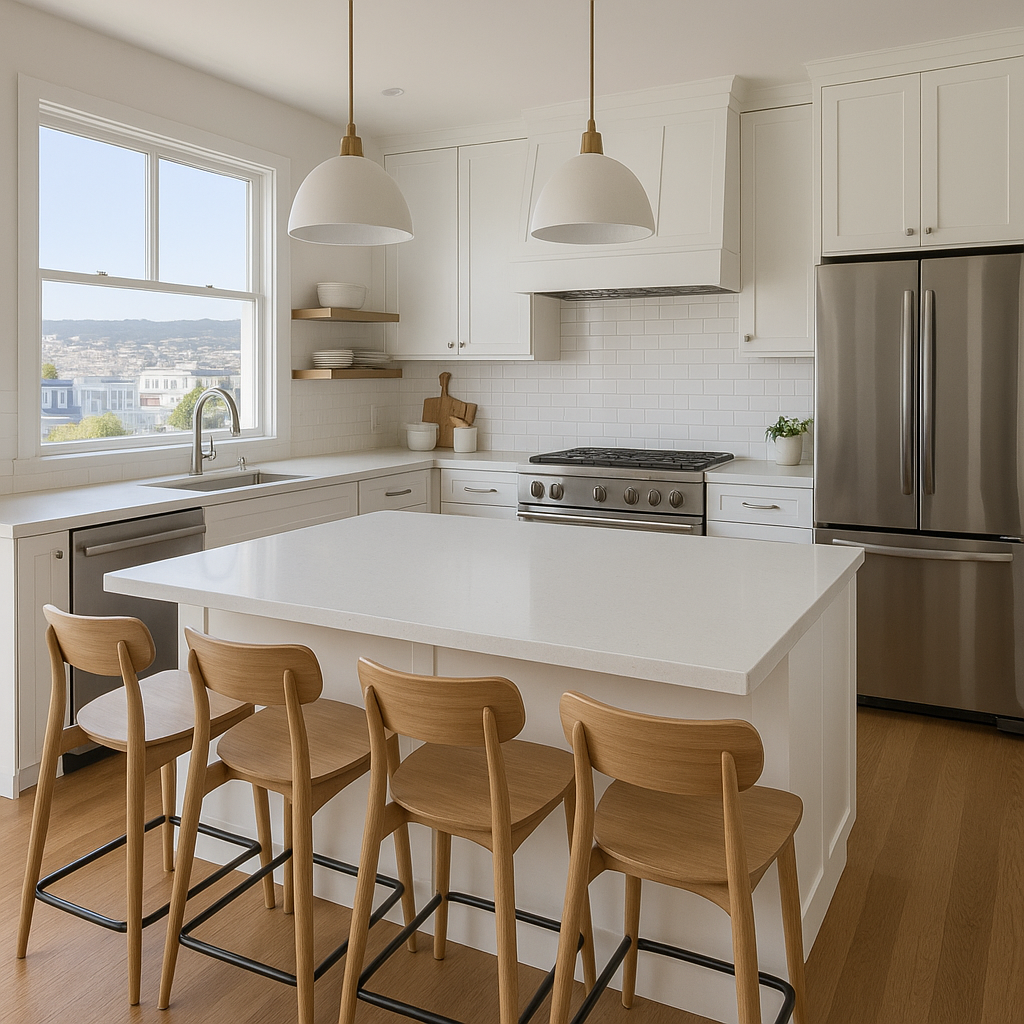Understanding Plumbing & Repiping in San Francisco: A Homeowner’s Guide to Budgeting and Permits
14 November, 2025
Essential Guide to Earthquake Retrofitting for San Francisco Homes
San Francisco homeowners face unique challenges when it comes to earthquake preparedness. Given the city’s location on the San Andreas Fault, retrofitting your home is not just a precaution; it’s a necessity. This guide will navigate you through the specific retrofitting requirements, local codes, and best practices to ensure your home stands strong during seismic events.
Understanding California's Earthquake Retrofit Requirements
Earthquake retrofitting involves strengthening your home to withstand seismic activity. In California, the state has laid out specific requirements regarding retrofitting that vary based on the type and age of the structure. In San Francisco, these requirements are further tailored to fit the diverse neighborhoods and building codes.
Permitting and Local Codes in San Francisco
Before embarking on a retrofitting project, it’s crucial to understand the necessary permits and local codes. The San Francisco Department of Building Inspection (DBI) oversees all seismic upgrade permits. Key considerations include:
- Soft-Story Retrofits: If your building has a soft-story design, often seen in multi-family homes and garages, it must meet specific seismic standards. The 2013 mandatory soft-story retrofit ordinance requires these buildings to undergo retrofitting by 2023.
- Foundation Upgrades: Homes built before 1979 may need significant foundation reinforcements. Ensure that your foundation meets the latest seismic codes, which include bolting your home to its foundation and adding shear walls.
- Historic Buildings: Special considerations apply for historic homes. Consult with the SF Historic Preservation Commission to ensure compliance while preserving the building’s character.
Microclimates and Neighborhood Considerations
San Francisco's varied microclimates can influence the type of retrofitting work needed. For example, homes in the Sunset District might require different solutions compared to those in the Mission District due to soil stability and building styles. Engaging with local contractors familiar with neighborhood-specific challenges can ensure that your retrofitting is both effective and compliant.
Selecting the Right Contractors and Suppliers
Choosing experienced contractors is essential for successful seismic retrofitting. Look for contractors who are licensed and have a solid understanding of local codes. Some reputable companies in the Bay Area include:
- Earthquake Brace + Bolt: This program provides financial assistance and resources for retrofitting homes across California.
- Foundation Repair of CA: Known for their expertise in foundation upgrades, they can help ensure your home’s stability.
- Bay Area Structural Engineering: Specializing in seismic upgrades, they offer tailored solutions for homeowners.
Financial Incentives for Retrofitting
Thanks to various programs, homeowners can mitigate the costs associated with retrofitting. The California Earthquake Authority (CEA) offers financial assistance for qualifying seismic retrofitting projects. Additionally, San Francisco's programs may provide grants or incentives for homeowners looking to upgrade their properties.
Staying Informed and Prepared
Earthquake preparedness doesn’t stop once your home is retrofitted. Homeowners should remain vigilant and informed about local seismic safety updates. Participating in community workshops and consulting with your local building department can help you stay informed about the latest safety measures and requirements.
By proactively retrofitting your home, you not only enhance your safety but also increase your property value in a city prone to seismic activity. Embrace the challenge of retrofitting as an investment into your home’s future.
FAQs
Q: What is an earthquake retrofit for a San Francisco home?
A: It usually means adding anchors, shear walls, and other structural ties so the building can better resist lateral quake forces.
Q: Are earthquake retrofits required in California?
A: Certain soft-story and multi-unit buildings are mandated under local ordinances, while many single-family homes do voluntary retrofits for risk reduction.
Q: How long does a typical residential retrofit take?
A: Most single-family projects run from a few days to a couple of weeks depending on scope, inspections, and how much of the perimeter is being reinforced.
Q: Can I stay in my home during the retrofit work?
A: Often yes, with brief periods of extra noise and vibration. We plan access, staging, and dust control so key rooms remain usable.
Q: How do permits and inspections work for seismic retrofits in SF?
A: We work with your engineer and DBI, submit drawings, and stage work so nailing, anchors, and hold-downs remain visible for inspection before closing up.

Location
The Richmond District, San Francisco, CA






